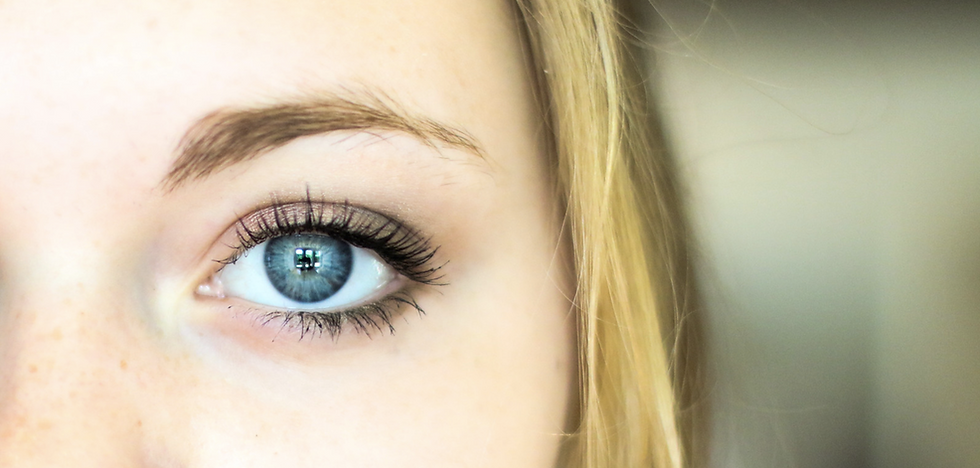
Huddled in bedrooms, sitting in kitchens and lounge rooms and on back verandas across the world are people who are more used to boardrooms, meeting rooms, wards and lecture halls. The power dresses and suits have given way to kids in the background and dogs on laps. People are getting a glimpse into the homes of bosses, colleagues and strangers.
| Welcome to the great COVID transparency.
There is something amazing to see, in real time, the degree to which individuals and organisations put into action all the rhetoric about work-life balance. Of course, there is no such thing as work-life balance, it’s about life-life balance, but let’s put that aside for a moment. The great COVID transparency is showing us the way we try to seek balance by compartmentalising our lives, we create neat boxes and for people and timelines to fit into and get stressed when they don’t!
The stress of this compartmentalisation is being reflected back to us in stark relief along with the different faces we show different people.
The Hawthorne effect is the principle that our behaviour changes when we know we are being observed. COVID is showing that this principle is at play every day when the home box and the work box get mashed together, not just for a few minutes, but for days on end.
At the playful end of the range of responses to these worlds colliding is a newfound insight into a doll collection a colleague has; at the darker end we have the furnace of family violence being given an extra dose of gasoline.
The great COVID transparency is shining a spotlight to three things:
That a big part of our personal development comes through our interactions with other people;
That the life we have and the life we want people to see can be different;
That there are things in society that we would prefer to pretend didn’t exist.
It’s a long-established fact that we are social beings, but what seems to be less appreciated is the degree to which we each make a difference in each other’s lives, just through our interactions with each other. There are people all around who are a continuous source of inspiration, both for what they ask us to see within ourselves and the way they call us to go deeper or confirm the bridges we have crossed long ago.
This learning and insight has nothing to do with the content of the conversation but has everything to do with our shared movement and interaction. COVID has taken the power of that reflection and turned it up 100%. Even though we are only seeing someone’s shoulders and forehead, we are actually getting to see so much more!
To grasp the opportunity to reflect on the effort that goes into the manicured representation we show the world, is an invitation is to be quizzical rather than critical. Reflection can be powerful and it can be playful. It shows us the degree to which we rely on calculation and conditions to get through life. "I will do this, if...",' you can do that if...". As much as we like to calculate our next move, the reality is each calculation, requires another and another, which becomes a recipe for stress.
One thing to note in the above is the term ‘manicured representation’. This does not just refer to those that present as punctilious and pristine, because being tardy and dishevelled requires its own form of curation.
In reality the first and second points blend together to remind us that transparency is a powerful tool in our personal and collective development. Being willing to allow others to see all of us actually magnifies the learning that is present for all. It is not always comfortable – but meaningful learning rarely is.
Which brings us to the third point. Our willingness to see what has been and is always going on around us. The willingness to feel the preference to sequester the deep failing of society into the realm of ‘those people’ or ‘there is nothing I can do’ or ‘ it doesn’t affect me …’. This is not an appeal for donations or volunteering but an offering to bring all three points together.
| The more we foster a society that encourages transparency and revels in the learning we get from each other’s reflection, the more these hidden pockets become the exception rather than the rule.
Call me idealistic, but could family violence exist in a society that operated with super high levels of transparency? We would see and be encouraged to enquire about another’s well-being without guilt, blame or victimising. We would stamp out the stigma that comes with talking about many of society’s challenges. The truth can set us free, but until there are boardrooms and bedrooms where truth can be safely spoken, we will forever be looking at the clean up, rather than real prevention.
Going even deeper, greater transparency would help us determine if any given life philosophy really worked based on the total quality of the life lived by that person. How many new age gurus have deep-seated anger issues but present as a serene being for the time they are on stage (Hawthorne effect)? Of course, we could apply that to any model of theosophy, psychology or science. Indeed, any number of recent royal commissions are showing a stark gap between the words and deeds of many of the models of life we are encouraged to live by and the behaviour of those who profess to live by those models.
| In terms of our responsibility for the mess - it is easier to be sold lies, if we collectively live them ourselves.
So, I say bring on the great transparency; maybe it will kill the most harmful virus infecting the planet – the pride we take in individuality.


コメント